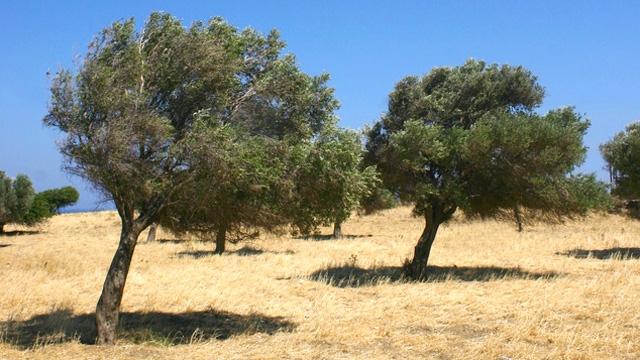James, a former foster youth who holds a master’s degree in social work, parallels his life with that of a half-brother who was in and out of jail, on drugs and involved in gang-related activities.
“It just makes me think,” said James, “we came from the same environment, but what was the transformative change that catapulted us to go on different trajectories?”
Unlike his half-brother, James chose to stay in foster care. He felt that this sometimes horrific route was better than an even worse home environment. Resiliency, to James, was a conscious decision.
So, what does it mean to be resilient? To have grit? There are books describing it, movies written about it, songs sung about it, there was even an article titled “The Grit Factor” in the October 2014 issue of Golf Digest. In Bob Carney’s piece, “7 Keys to becoming a Gritty Golfer,” you could have replaced every piece of advice designed to make you a better golfer with a foster child aging out of the system.
1. Relish every shot (stay in the present)
2. Control the talk (be realistic, not critical, don’t wallow in praise and blame)
3. Find a mentor (to help you organize your plan and review progress)
4. Set a major goal (be more consistent)
5. Break your goal into smaller ones (do at least one thing you know you have time to finish)
6. Develop a plan (when will you practice?)
7. Assess your habits (what stops you? frustration? boredom? switching goals in the middle?)
So, is resiliency a decision you make, “I’m just going to get through this,” or is it something you are born with? I spoke to a few more former foster youths to get their perspective.
Jevon, escaped a childhood filled with foster homes and homelessness to graduate from college. He describes resilience as his “superpower,” and explains why in this short sound bite.
For Jasmine it was the feeling of “not wanting to not be anything” in her life that drove her to finish her education. “There were a lot of times I had break-down’s in college, but there was a part of me that would just reflect and look back at the things that had already happened and it made me feel like, if I can get through that, this can’t be what is going to break me.”
Grit, resilience, fortitude. All words used to describe foster youth. At least the ones that have somehow managed to move through the chaos of their childhood and are now the kids you see in college, the young men and women who are holding down full time jobs and families, and those working on the front lines of change in the foster care system.
One such person is a judge for the Los Angeles County Superior Court. She escaped a horrific childhood and aged out in a time where there were no resources available at all, past eighteen. This is her story.
If resilience is a decision, if it can be taught to a golfer who wants to get better at his or her game, can’t it be also taught to the hundreds and thousands of youth moving through the system? Wouldn’t that be interesting?





